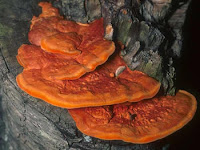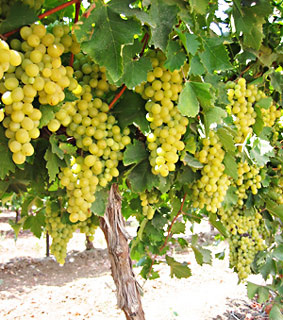Oh, how quickly time flies! This whole project has been filled with fun and enough experience to handle future culminating activities not unlike this. We will surely miss posting and blogging about the adventures we have and raving about the trips we had that make us feel like we're at one with the Earth. Anyways, this last post will be about our fourth quarter CEO. Now, if you have not read our previous posts about what CEO's or Creative Expansive Outputs are, CEO's are what we call our school projects. Through them we express our creativity and also expand our minds to come up with brilliant outputs that suit the given topics. Now, you may be wondering what our fourth quarter CEO is. Dear blog-reader, you are looking at it.
Yes, our fourth quarter CEO was this blog. We were asked to post about our adventures and share our insights and feelings on what we have been busy with the past few months. When our teacher first told us about it, we thought 'Oh man, this is going to be a lot of work!' But, as it turned out, we actually enjoyed it very much. Of course, every group has its problems. Our problem was that one of our group mates forgot to turn in her part of the post. We solved this problem by bending a little further in order to have material to submit. One little hurdle did not prevent us from trying to do our best on every post. All in all, we had a blast conducting this project. We had F-U-N. If we are ever asked to do this all over again, we would take that chance and rack our brains to provide you readers with quality posts. We found nothing wrong on how this CEO was handled and in fact, we think our teacher is brilliant for coming up with something like this. It really brought us together. Thank you for reading this and for allowing us to share with you our priceless adventures.We love you!
Yes, our fourth quarter CEO was this blog. We were asked to post about our adventures and share our insights and feelings on what we have been busy with the past few months. When our teacher first told us about it, we thought 'Oh man, this is going to be a lot of work!' But, as it turned out, we actually enjoyed it very much. Of course, every group has its problems. Our problem was that one of our group mates forgot to turn in her part of the post. We solved this problem by bending a little further in order to have material to submit. One little hurdle did not prevent us from trying to do our best on every post. All in all, we had a blast conducting this project. We had F-U-N. If we are ever asked to do this all over again, we would take that chance and rack our brains to provide you readers with quality posts. We found nothing wrong on how this CEO was handled and in fact, we think our teacher is brilliant for coming up with something like this. It really brought us together. Thank you for reading this and for allowing us to share with you our priceless adventures.We love you!
'Goodbyes are not forever, goodbyes are not the end.
They simply mean we'll miss you until we meet again.'








